Cleansing balms like Banila Co Clean It Zero are very popular in Asia, and it’s made its way to Australia in the form of Trilogy Make-Up Be Gone Cleansing Balm. What’s in them, how do they work, and why are they different from cleanser or micellar water? Here’s the science!
What’s in a cleansing balm?
The concept of a cleansing balm is a lot like cleansing oil – the ingredients include a solid oily component, combined with a surfactant or emulsifier.
Emulsifiers or surfactants are double-ended molecules, one end of which likes oily substances (the “tail”), while the other end (or “head”) likes water. They help oily substances dissolve in water.
Interestingly, if you zoom in on the structure of a cleansing balm, it looks like inside out micellar water. The fact that it’s oil-based rather than water-based means that the surfactant tails point out into the bulk rather than in towards the centre of the spherical micelles.
How do cleansing balms work?
First, you rub the oily balm on your face to quickly dissolve your make-up into a melty mess. These balms usually go runnier as they warm up on your skin. Next, you splash water on your face – the dirty balm washes off cleanly thanks to the surfactant.
This let you do OCM with only one product – you don’t need a separate oil and a cleanser, because the cleansing balm is both in one product! And unlike cleansing oils, the solidness of the balm makes it easier to use and less messy. I like to put cleansing balms on and massage them over my face before stepping into the shower.
Review of Banila and Trilogy Cleansing Balms
Banila Co Clean It Zero Classic ($20-35 for 100 mL) and Trilogy Make-Up Be Gone Cleansing Balm ($36.90 for 80 mL) are based on the same idea, but the products actually perform quite differently!
Let’s take a look at their ingredients lists.
Banila Co Clean It Zero:
Mineral Oil, Cetyl Ethylhexanoate, PEG-20 Glyceryl Triisostearate, PEG-10 Isostearate, Polyethylene, Butylene Glycol, Water, Rubus Suavissimus (Raspberry) Leaf Extract, Bambusa Arundinacea Stem Extract, Aspalathus Linearis Leaf Extract, Viscum Album (Mistletoe) Leaf Extract, Angelica Polymorpha Sinesis Root Extract, Carica Papaya (Papaya) Fruit Extract, Malpighia Glabra (Acerola) Fruit Extract, Epilobium Angustifolium Leaf Extract, BHT, Butylparaben, CI 16255, CI 15985, Fragrance
Trilogy Make-Up Be Gone Cleansing Balm:
Helianthus Annuus Seed Oil, Olea Europaea Fruit Oil, Cocos Nucifera Oil, Cera Alba, Polyglyceryl-3 Palmitate, Mangifera Indica (Mango) Seed Butter, Rosa Canina (Rosehip) Seed Oil, Camellia Oleifera Seed Oil, Tocopheryl Acetate, Polyglyceryl-2 Dipolyhydroxystearate, Chamomilla Recutita Flower Extract, Parfum, Citronellol, Limonene, Linalool
Banila Co Clean It Zero is a mineral oil-based cleansing balm. It contains PEG-20 glyceryl triisostearate and PEG-10 isostearate as surfactants – they’re non-ionic detergents, so they’re low-foaming but still wash off well. Clean It Zero also has a bunch of botanical extracts further down the list (raspberry, bamboo stem, rooibos, mistletoe, dong quai, papaya, acerola, fireweed). I don’t think they do much, since it’s a wash-off product and they’re so far down the list. I’m particularly in love with the texture of this cleansing balm – it’s easy to scoop out and spread, and it washes off cleanly.
Trilogy Make-Up Be Gone Cleansing Balm is based on sunflower seed, olive and coconut oils, and beeswax, with smaller amounts of mango seed butter, rosehip and tea seed oils. It uses polyglyceryl-3 palmitate as the surfactant. I found that this works quite well with the cleansing cloth that comes with it, but not so well without (it’s hard to wash the balm off with just your fingers and water). The texture is a bit solid and hard to spread, but it might be better once the weather warms up a bit.
What’s your favourite cleansing balm? Do you like them more than cleansing oils and facial cleansers?
Trilogy Cleansing Balm was provided for editorial consideration, which did not affect my opinion. For more information, see Disclosure Policy.
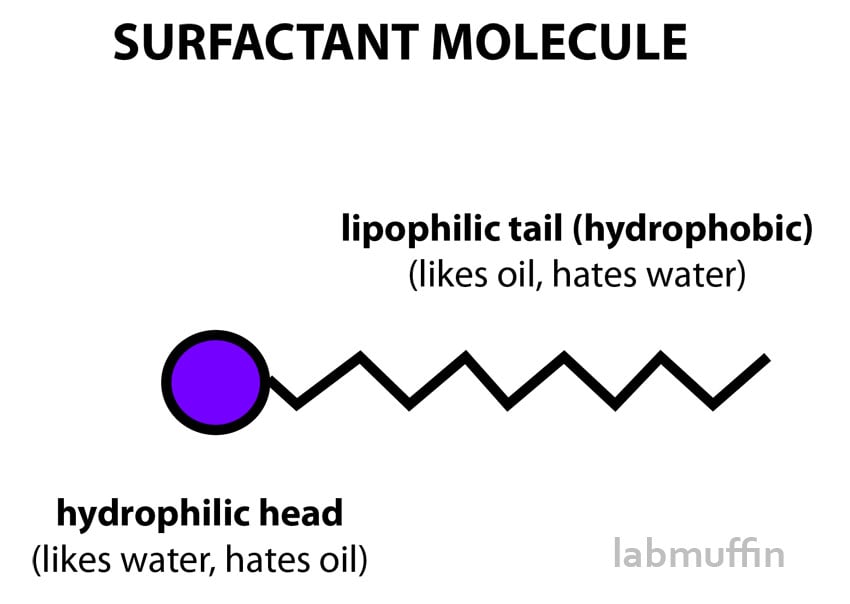
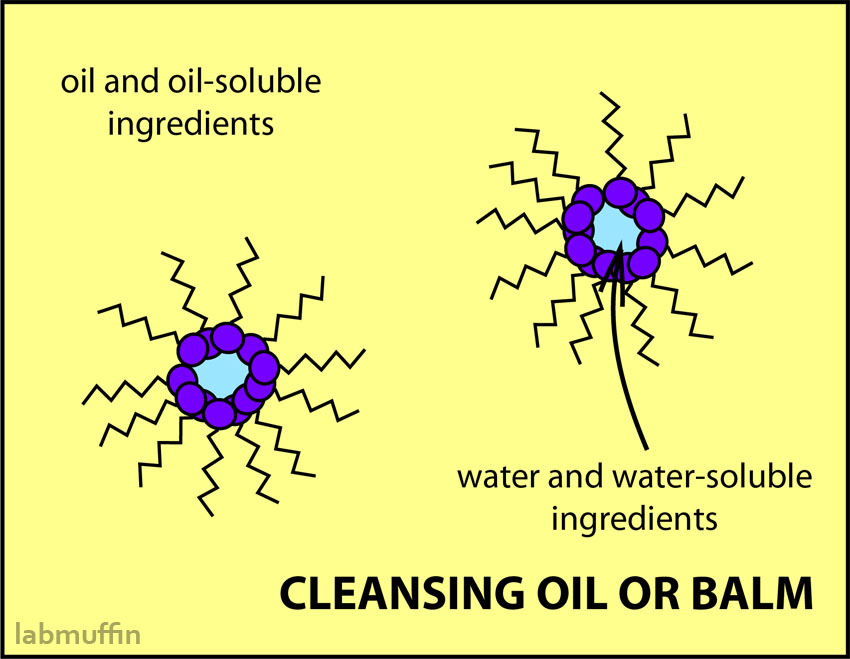
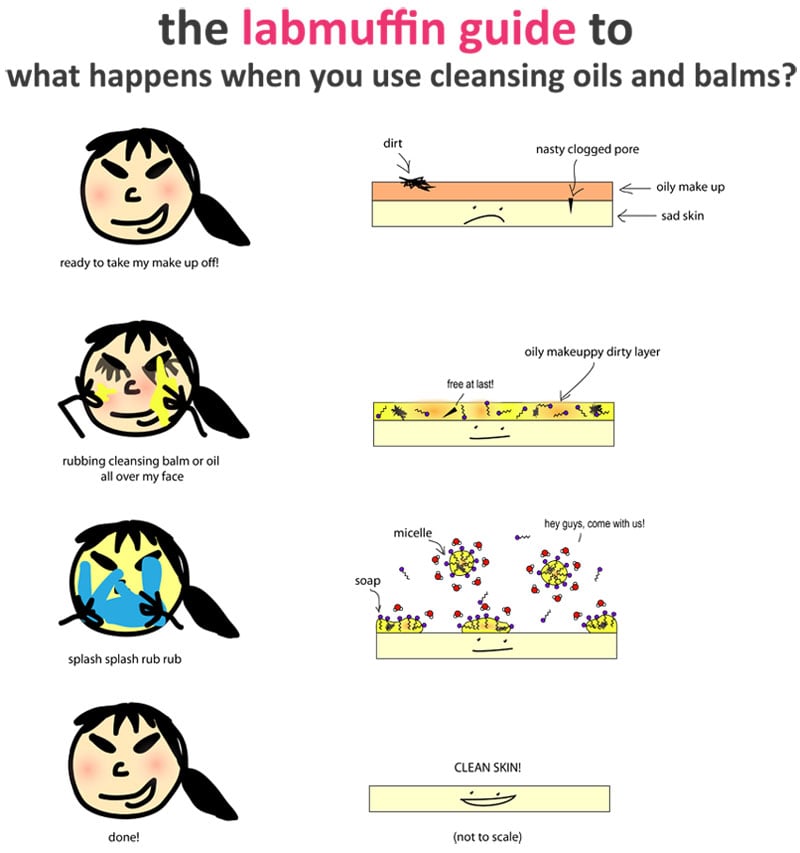
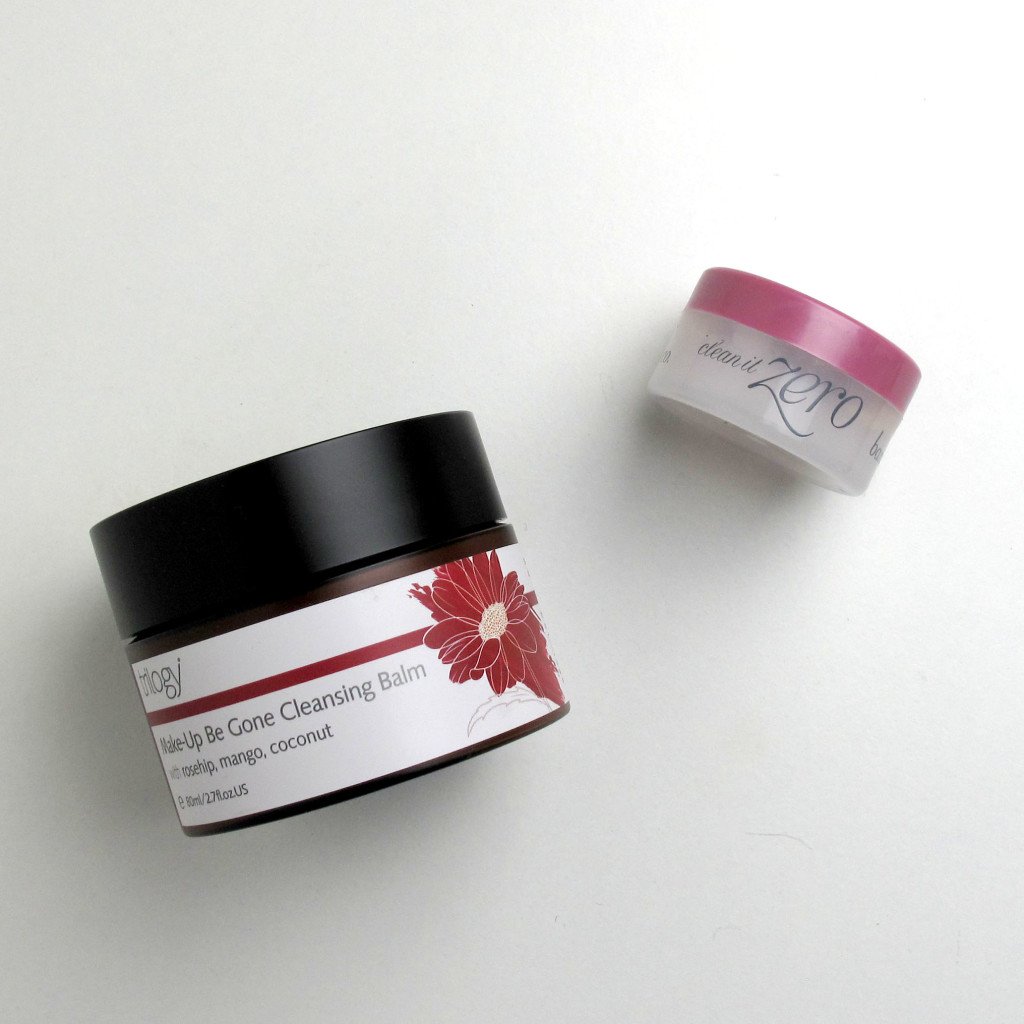
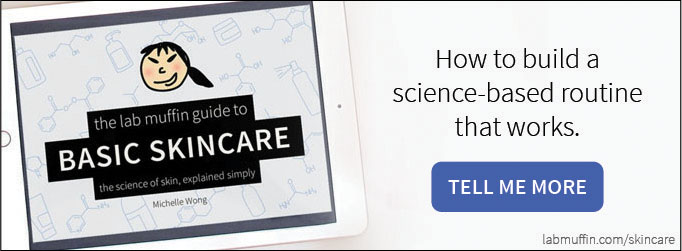
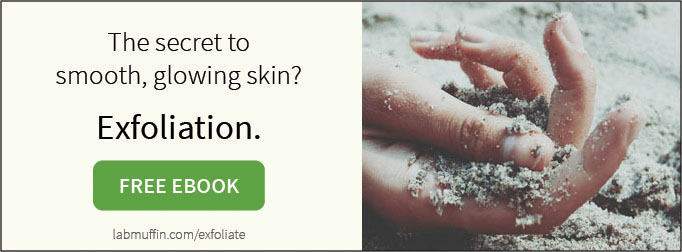
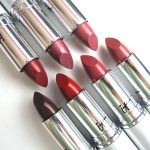
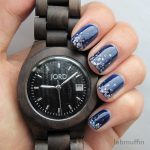
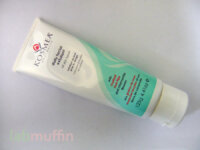

May I just say, I LOVE everything about your blog — the reviews, the science, and especially the wonderful illustrations. Thank you!
Thank you so much! 🙂
I’ve been meaning to give the Banila Co a try. I have the Body Shop’s Camomile Cleansing Butter but since I’m still working on using up my cleansing oil, I haven’t given TBS a try yet. On the same note, how does Banila Co work against waterproof eye makeup? Do you need to use a separate remover afterwards?
I’ve heard that it works quite well, but I always take my eye make-up off with surfactant-free remover because they’re sensitive.
I’ve been using Clinique’s Take the Day Off balm for years. I think it’s the same idea and it dissolves everything perfectly. It was the first makeup remover I ever used that didn’t hurt my sensitive eyes. The bad part is it’s expensive ($50-$60) and it’s sometimes hard to find because it’s not a fancy marketing dream sonic-aha-betacarotene-miracle-serum-elderflower product.
I love the Clinique Balm as well! Will never be without it, even though I’ve got a ton of cleansing oils, cleansing gels etc.
I’ve heard a lot about it! Yes, same idea 🙂
I really enjoy using a cleansing oil but do have to cleanse afterwards. I’m interested to see how a balm will compare (I did try a bit from a brand a few months ago).
I’ve found that it really depends on formulation, there’s a lot of variation! Some wash off cleanly, some don’t, and I use both depending on how much make-up I’m wearing and how dry my skin is.
Great to read about the science behind products! I’m currently loving the Emma Hardie Moringa Cleansing Balm, it’s absolutely amazing! x
Sounds absolutely amazing!
Wow! I just found your blog from a link from Cheap As F@&k and I am addicted! I have spent an entire Saturday morning reading your old content and have bookmarked your site for regular visits in the future.
Thanks for sharing all the scienc-y stuff with us and for all the great DIY, tutorials and reviews!
Thanks so much Lisa! 🙂
Hello! So glad to have found your site. Very informative and fun way to learn what I’m interested in – love the doodles btw 😀
So I’ve a question: I want to use my cleansing balm in the mornings, do I need to do a second cleanse with a foam cleanser or can I just wash it off and then set it off with a toner etc. I want to keep the moisturising benefits from the balm without then stripping it off with a foam cleanser but then if I don’t, I’m worried this would build up in oils resulting to clogged pores, especially when I plan to layer up with leave-in treatments, moisturiser and make-up. However in the evenings, I will definitely follow up with a foam cleanser after using an oil cleanser to remove my make-up.
Sorry if this is rather long but thank you for answering if you get the time to!
Hello again, just found the answer to my own question actually by coming across one of your old posts! I guess I’ll use a foam cleanser afterwards in the morning too after using a face balm so that the treatments can penetrate in my skin better rather than sitting on an oily surface 🙂
You should check out Ultrabland from Lush! It’s honey, beeswax, and almond oil, which makes it very gentle & antibacterial. There is also an ingredient in there called Tincture of Benzoin, which helps speed up healing!! 🙂
Hi there, firstly, love your blog!
Second, I love the idea of a cleansing balm but are there organic (or at least natural, plant-based) surfactants that would enable all the rich oils in a formula to emulsify and wash away nicely?
I’ve been toying with recipes but I’m trying to keep it natural or organic wherever possible and I’m finding no matter what I use the oils don’t rinse off the skin the way I’d like them to.
The only properly natural surfactants I know off the top of my head are soap (which is harsh and high pH), and soap nuts and other natural saponins. Natural saponins are generally pretty weak at solubilising oils, but perhaps a formulation with less oil and more surfactant could work? Though at some point it’ll be less of a cleansing balm and more of a cleanser…
Hi Morgan,
I think SLSA would work? It’s derived from palm oil. https://www.brambleberry.com/Sodium-Lauryl-Sulfoacetate-SLSA-P5244.aspx
Thanks Annie I’ll check it out!
Hi there! Is this still true for the newer cleansing balms coming out?
I always wondered if the balms were solid, because there were fatty chains like virgin coconut oil versus distilled.